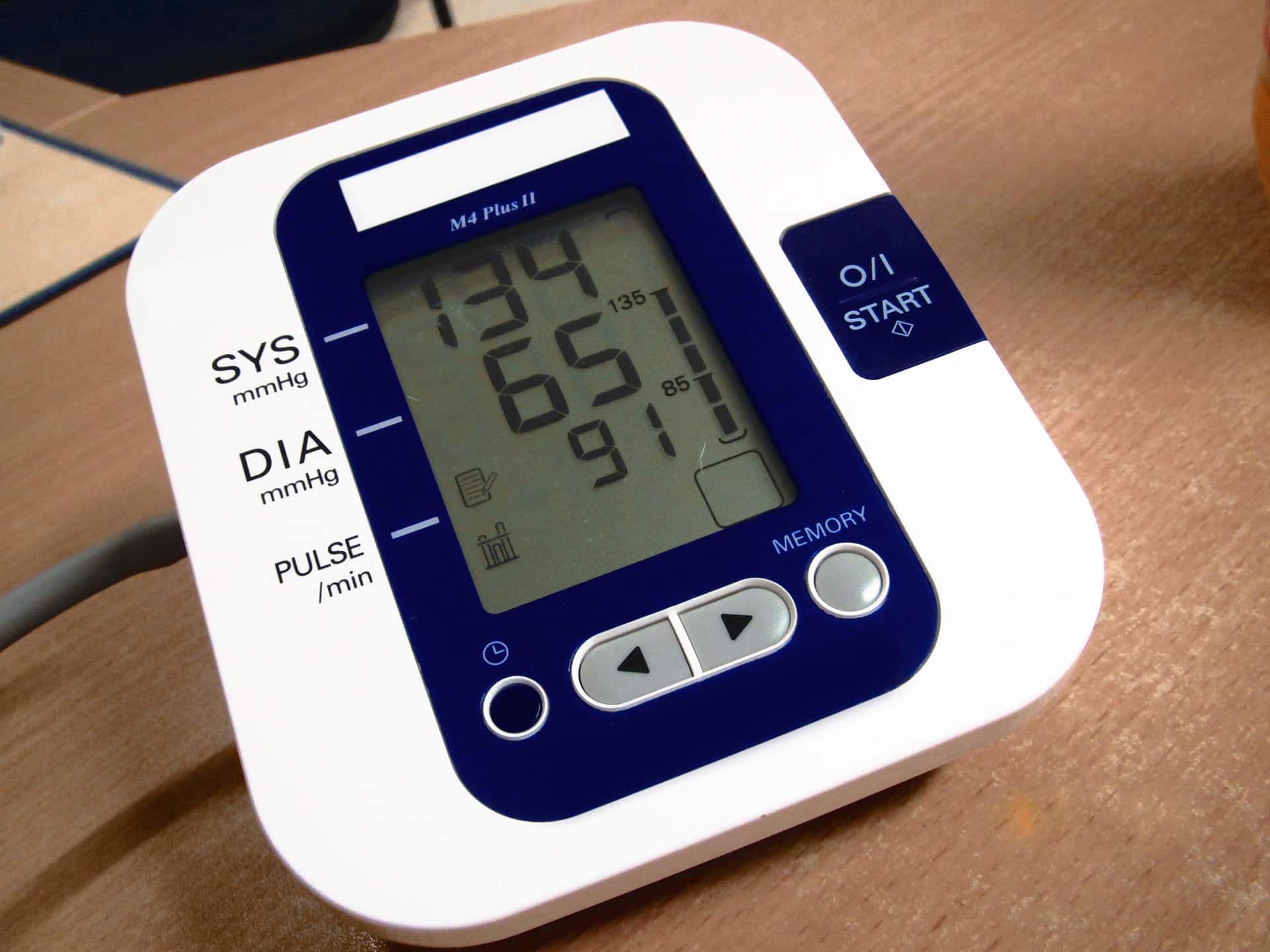F2 Labs provides expert support in determining and documenting “essential performance” requirements per EU Directives and MDR/IVDR frameworks. We clarify performance expectations, support risk-based approaches, and ensure your products consistently meet critical safety and functional benchmarks.
What is Essential Performance?
Essential Performance is a critical concept for compliance with 60601-1. It involves conducting a risk assessment under ISO 14971 to determine the clinical functions of your medical device that, if degraded or lost, could result in unacceptable risk.
The standard defines Essential Performance as:
“Performance of a clinical function, other than related to BASIC SAFETY, where loss or degradation beyond the limits specified by the MANUFACTURER results in an unacceptable RISK.”
In simpler terms, you need to evaluate each clinical function of your device and identify whether its absence, degradation, or inaccuracy could create an unacceptable risk.
How is “Essential Performance” Different from “Basic Safety”?
- Basic Safety: Refers to freedom from unacceptable risks caused by physical hazards during normal or single-fault conditions. It does not involve the device’s clinical function.
- Essential Performance: Considers the clinical function of your device and asks: If this function fails or underperforms, does it create an unacceptable risk of harm?
Both concepts address safety but focus on different aspects of the device’s operation.
Is it Possible That My Device Has No Essential Performance?
Yes! If your device has no functions whose loss or degradation would lead to unacceptable risk, you may determine that it has no Essential Performance. This decision should be based on thorough risk analysis.
Can a Device Have Multiple “Essential Performance” Functions?
Absolutely. Many medical devices have multiple clinical functions. For each function, you must:
- Analyze whether its loss or degradation creates unacceptable risk
- Define that function as Essential Performance if such a risk exists
Who Determines My Device’s Essential Performance?
As the manufacturer, you are responsible for determining your device’s Essential Performance. However, F2 Labs offers consulting services to:
- Guide you through the process
- Help you conduct a comprehensive risk assessment
When Should I Share My Device’s Essential Performance During Testing?
You should communicate your device’s Essential Performance during the quoting phase. Since Essential Performance can influence testing time and requirements, early disclosure ensures a smoother and more efficient testing process.
Examples of Essential Performance (for illustrative purposes only):
| Clinical Function: | Essential Performance? (Y/N) | Rationale |
|---|---|---|
| Lowers the patient into the pool | N | Not being able to lower the patient is acceptable and has no risk. |
| Lifts patient out of the pool | Y | Not being able to lift the patient out of the pool could result in serious injury/death; the degradation or loss of this function creates an unacceptable risk. |
| Clinical Function: | Essential Performance? (Y/N) | Rationale |
|---|---|---|
| Monitors oxygen levels and supplies oxygen to the patient if the breathing slows down to a set limit | Y | If the measurement of the patient’s oxygen levels is degraded or fails, or the device is not able to supply the required level of oxygen to the patient, this could result in direct injury to or death of the patient. |
| Monitors patient’s temperature | N | This is a “secondary” function that does not change any treatment administered by the device to the patient – there is no direct harm to the patient if it does not work properly. |
| Monitors patient’s heart rate | N | This is a “secondary” function that does not change any treatment administered by the device to the patient – there is no direct harm to the patient if it does not work properly. |
| Monitors patient’s blood pressure | N | This is a “secondary” function that does not change any treatment administered by the device to the patient – there is no direct harm to the patient if it does not work properly. |
